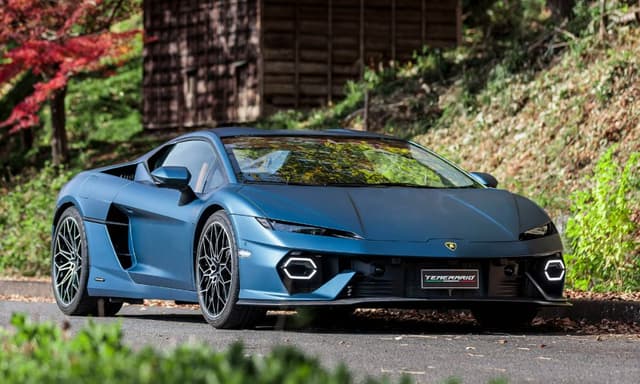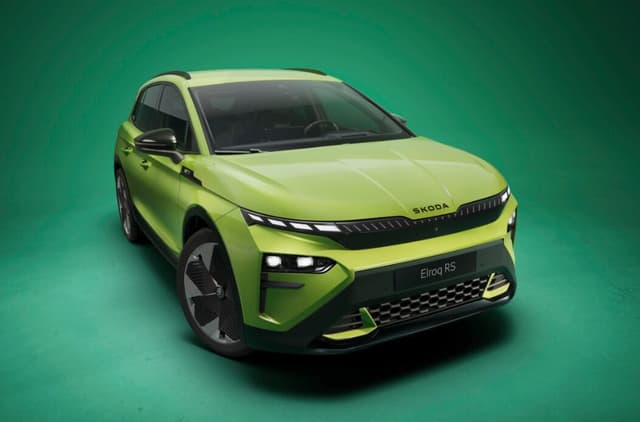Continental Develops 48-volt High Power Drive System

Highlights
Continental has unveiled its latest innovation and it's a 48-volt drive solution: the 48-volt high-power drive system with 30 kW. Now, a full-hybrid vehicle with 48-volt technology is not something that we haven't heard about but using it to drive the vehicle is certainly an innovation of sorts. For a hybrid vehicle to drive using just electricity, the electric part of the drive would normally use high voltage technology - high voltages of up to 800 volts. However, Continental's engineers have now succeeded in developing a 48-volt hybrid system that boasts of features similar to those of a high-voltage electric drive, namely 48-volt high-power technology.
The new 48-volt high-power system, comprising an electric motor complete with integrated power electronics and a battery, reduces fuel consumption and thereby also CO2 emissions by around 20 percent compared to similar vehicles fitted with combustion engines. At the same time, the new 48-volt technology is also considerably cheaper than the high-voltage systems used up to now. The 48-volt system was repositioned in the powertrain. The electric motor was no longer placed in front of the combustion engine on the crankshaft, but behind it - between the combustion engine and transmission (P2 hybrid). This meant that fuel savings were able to increase and, in certain situations, such as driving through a 30 kmph speed limit zone, the vehicle could be driven using the electric motor alone.

The key component here is a new, water-cooled electric motor, the peak output of which was doubled to 30 kW or 40 bhp in comparison with that used previously.
With the new 48-volt high-power technology, this hybrid system enables the same functionality as previous, full-hybrid vehicles. The key component here is a new, water-cooled electric motor, the peak output of which was doubled to 30 kW or 40 bhp in comparison with that used previously. Electric-only driving is therefore possible up to a speed range of 80 to 90 kmph. The developers were able to achieve a 100 percent increase in power while maintaining the diameter of the motor. Overall, 48-volt high-power technology requires only slightly more installation space than the previous system. The difference in weight is also minimal.
However, the electric motor is not the only new component of the 48-volt high-power technology. The integrated power electronics also uses a new technology that now enables it to handle significantly higher currents. The innovations of the new 48-volt high-power technology result in a level of electrical efficiency that surpasses the previous system by almost 10 percent. And during recuperation (the recovery of excess kinetic energy when the vehicle decelerates), the new technology is much more effective than was previously the case, because the losses incurred in the electric drive system has been halved.
The 48-volt high-power technology therefore provides all the benefits of a conventional, full-hybrid vehicle with a high-voltage system - significantly lower fuel consumption and CO2 emissions as well as optimized driving efficiency and drivability. There is also another argument in favor of the new hybrid solution from Continental, which is its relatively low costs. This is the key to making cheap hybrid vehicles available and achieving high market penetration. The reason for this is that a 48-volt system requires considerably less effort in terms of insulation protection, electrical components are smaller and cheaper, and even the design can be made significantly more compact, because smaller gaps are required between the individual components than is the case with high-voltage technology.
Continental is showcasing the new 48-volt high-power technology, which is also ready for series development, in a Ford Focus test vehicle. With the 48-volt high-power technology, Continental is playing a leading role in terms of performance, power density and efficiency.
Related Articles
Latest News
- Home
- News
- Technology
- Continental Develops 48-volt High Power Drive System














